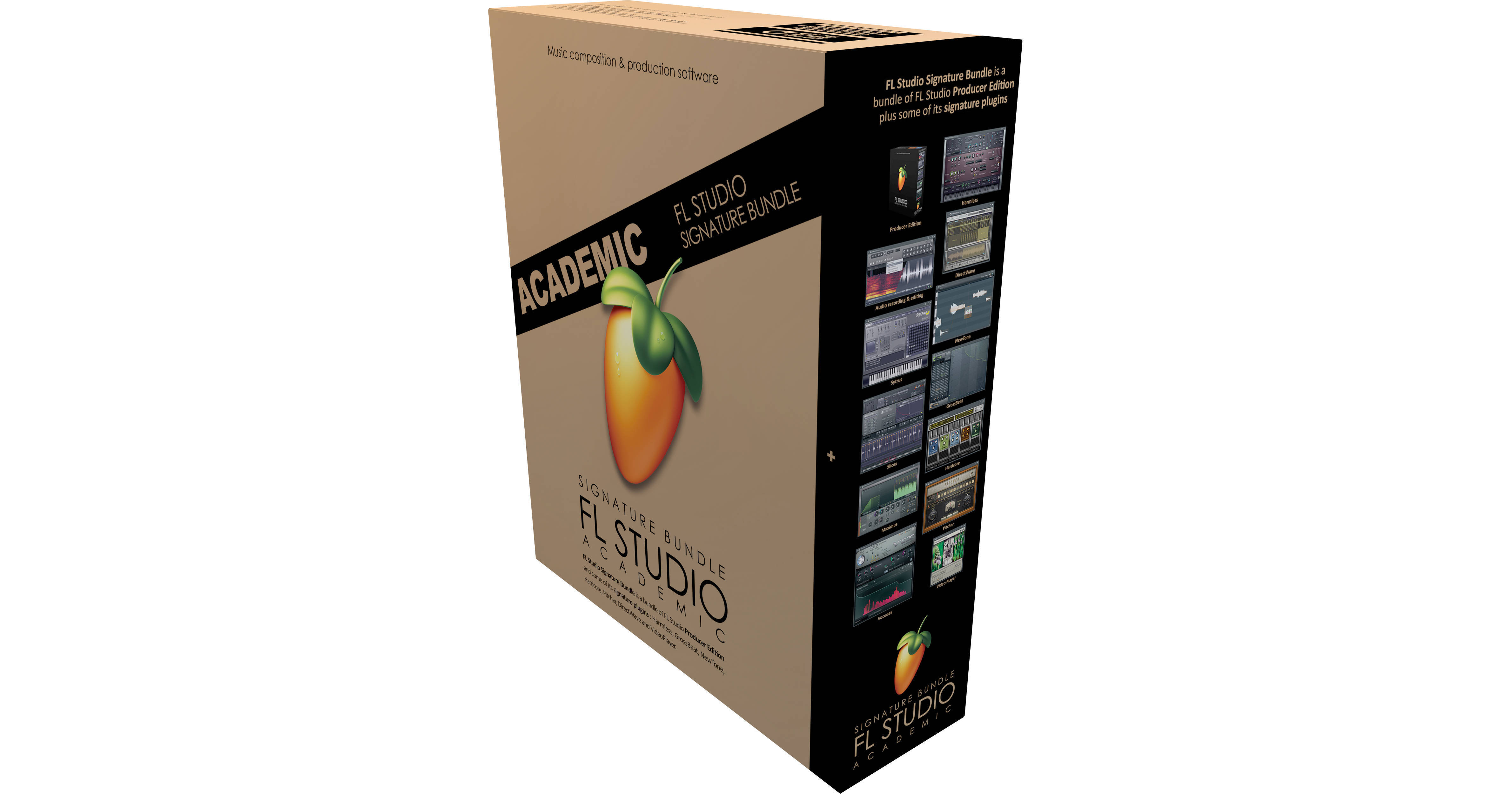

Mostly because when denoise levels are too forceful with high denoising value at first, there will be some artificial sound in the high frequencies that can make a vocal out of proportions. And yeah, how many times you repeat the process is better than just using one process of the process since the artificial sounds might occur in a badly denoised way.īut when noise is an instrument and the vocal is vocal. Unless newer versions will have as perhaps FL 20.


It only works most often for 32bit FL Studio, since FL Studio 64x does not have denoising integrated. This option is near the same with the newest FL Studio. Then repeat the denoising process 5-6 times. But it can ensure the lowest sound level will be affected by noise removal so that a higher threshold will provide a higher probability of removal of detected levels.īEST TIP: Also, the denoise level of your denoising: You can then set it to light 10 in the blue color. Most often, any noise that is lower than even -32dB. But -6dB is mostly often sound lower than -6dB of noise, so setting it to negative value would for some be better, but having it centered is a choice. Sometimes even having it at a higher range will eventually give you certain levels of removal.

The above threshold rate is better than the denoising level it does not do that much to all levels. Choose a threshold instead of the center, but the higher the threshold level it is, the denoising will be at a higher rate. Now the tricky part, as shown in the next picture below. It is a specific choice, especially when you are thinking of to remove particular frequencies that already have a vocal touch or sound that you don’t want to be in the noise profile. Then all you should do is to reduce this level with something called Equalizer. After then also choose the whole grid of vocal with mouse button as seen on this then choose cleanup denoise “Ctrl+u.” Tip: If your vocal has precious bass frequencies, but as well, you see the color yellow or red on your vocals, you are trying to use it as a noise profile. The profile does not need to big at all, even near a few milliseconds, just that you believe it’s enough noise to cover the noise spectrum. Later on, use the mouse wheel out when you have chosen a noise profile. You then gotta choose Aquire noise profile “alt+u” of the red you have covered with the first mouse button as perhaps the whole vocal sample. Also, the lucky horseshoe down on the right side of Edison will give you a possibility to grid chose and quickly detail chose. Now you can select the range where the vocals are less visible or with just noise that’s the range without red or yellow spots Use the middle mouse wheel to look deeper into the vocal. So you don’t see anything of the noise Then do as following “right-click on the wave and select Spectrum.” Like here: It will open the Edison: For beginners, it will open just plain Edison like in the first picture: Then edit the file pushing slowly on the wave button on the left of each sample or you already perhaps have it in your Edison: So get down to business, open your projects with already placed vocals in its playlist. Some results will not have a good quality based on the original recorded source, especially reverb, which does not sound right without denoising. To denoise your vocals, it isn’t hard, but it’s necessary even to gain the sound levels, to also have the best possible source to use to put your effects on.


 0 kommentar(er)
0 kommentar(er)
